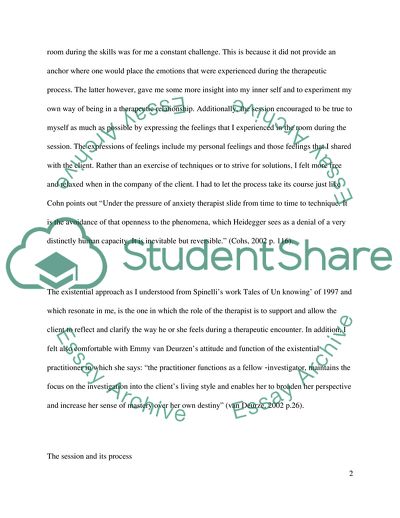Cite this document
(The Frame and Role of the Therapist Essay Example | Topics and Well Written Essays - 2250 words, n.d.)
The Frame and Role of the Therapist Essay Example | Topics and Well Written Essays - 2250 words. https://studentshare.org/professional/1770238-reflective-skill-essay
The Frame and Role of the Therapist Essay Example | Topics and Well Written Essays - 2250 words. https://studentshare.org/professional/1770238-reflective-skill-essay
(The Frame and Role of the Therapist Essay Example | Topics and Well Written Essays - 2250 Words)
The Frame and Role of the Therapist Essay Example | Topics and Well Written Essays - 2250 Words. https://studentshare.org/professional/1770238-reflective-skill-essay.
The Frame and Role of the Therapist Essay Example | Topics and Well Written Essays - 2250 Words. https://studentshare.org/professional/1770238-reflective-skill-essay.
“The Frame and Role of the Therapist Essay Example | Topics and Well Written Essays - 2250 Words”. https://studentshare.org/professional/1770238-reflective-skill-essay.


